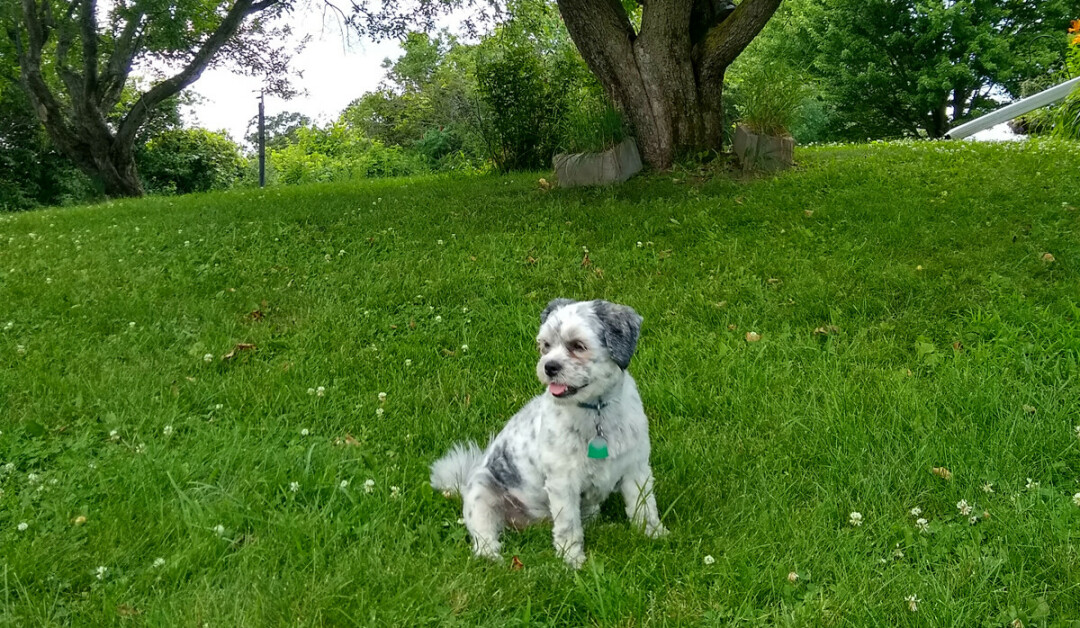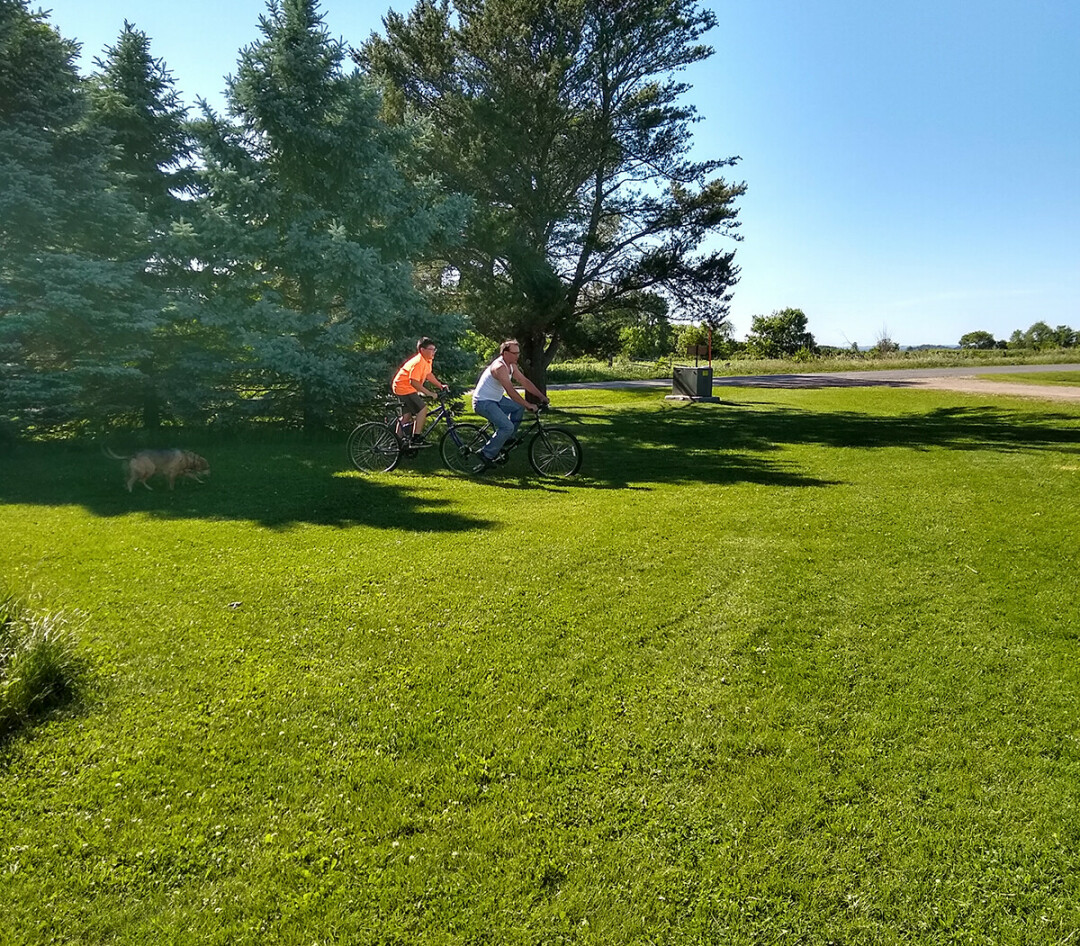Creating a Sustainable Lawn
on being a ‘responsible snowflake’ in the face of environmental damage

“No snowflake in an avalanche ever feels responsible.” –Stanisław Jerzy Lec, Polish poet
I’ve come to realize that I’m one of these snowflakes. I may not be single-handedly destroying the Earth, but the avalanche I’m riding certainly is.
So I’ve resolved to become a Responsible Snowflake.
My resolution led me to the website of JONAH (Joining Our Neighbors Advancing Hope), a grassroots organization whose mission is “to build a healthier and fairer community for us all.” (The website, if you’re curious, is jonahjustice.org.) This, I thought, was an excellent place to start.
Following a link to JONAH’s Environmental Task Force led me to Kathy Reid Walker, the pastor of First Presbyterian Church, who initiated a Sustainable Lawns Task Force.
“When I walk around my neighborhood,” she said, “I frequently need to hold my breath due to the strong smell of chemical lawn treatments. As I’ve read more about the hazards to our health, children, animals, pollinators, and water supply, I felt that I needed to work towards changing this ongoing problem.”
When I walk around my neighborhood, I frequently need to hold my breath due to the strong smell of chemical lawn treatments.” –Kathy Reid Walker, pastor of First Presbyterian Church
Joining us are Nancy Coffey, Eau Claire County Board supervisor, and Molly Larson, a voting member of UW-Eau Claire’s Student Office of Sustainability. “I would like to see people understand the need for sustainable lawn care,” Larson said. “Pesticides, herbicides, and fertilizers have major environmental ramifications.”

We’ve learned a lot by reading the “Activist’s Toolkit” from the IPM Institute of North America and Midwest Grows Green (available at midwestgrowsgreen.org). The collective impact of lawn treatment is enormous: According to the “Toolkit,” turf grass covers about 40 million acres nationwide, and households use four times as many fertilizers per square foot as farmers. Fertilizer runoff degrades water quality by promoting the growth of oxygen-depleting aquatic vegetation. In addition, research links pesticides to cancer, asthma, and birth defects as well as neurological, behavioral, reproductive, hormonal, and immune system disorders.
Although these facts are alarming, there is hope: A few changes in individual lawn care practices can result in a powerful collective impact on the environment. These are just some of the tips we found in the “Activist’s Toolkit”:
- Water your lawn deeply, infrequently, and early in the morning to reduce water usage.
- Mow at least 3 inches high and keep mower blades sharp since clean cuts will reduce stress on the grass.
- Leave lawn clippings on the grass to act as a natural fertilizer.
- Use organic, slow-release fertilizer to minimize nitrogen runoff.
- Apply corn gluten meal in early spring for natural weed control.
Larson added her own advice: “I would encourage people to use less yard space on grass and more on native plants, bee gardens, and vegetable gardens. Native plants need less water because they’re adapted to the area. Bee gardens help pollinators, and vegetable gardens are a sustainable way to grow your own food!”
“Someday, perfectly manicured, chemically treated lawns will be a thing of the past,” Coffey added. “Health, food, water, and the environment are more important.”
With the help of Walker, Coffey, Larson, and millions of Responsible Snowflakes like them, we can stop this avalanche.


